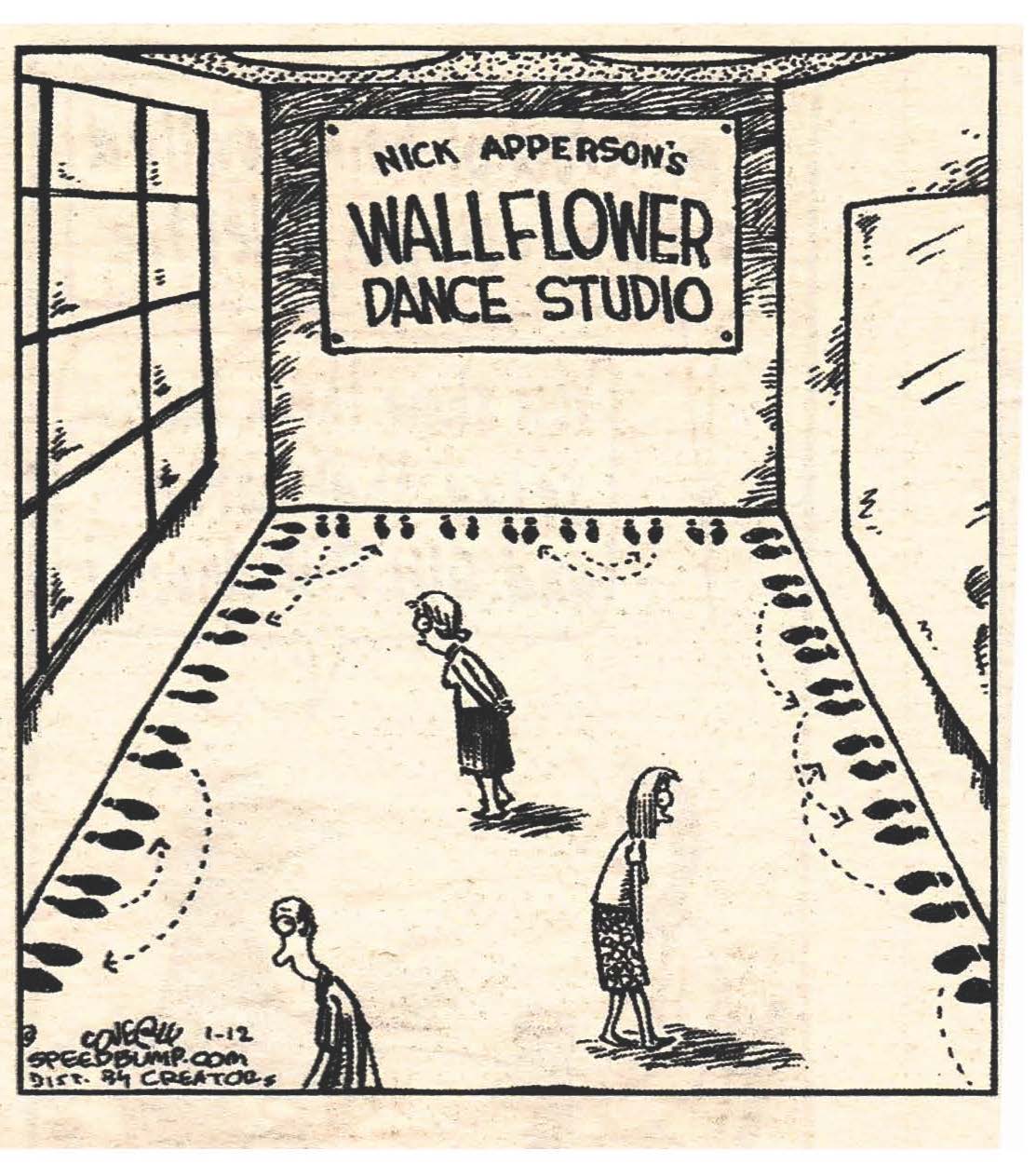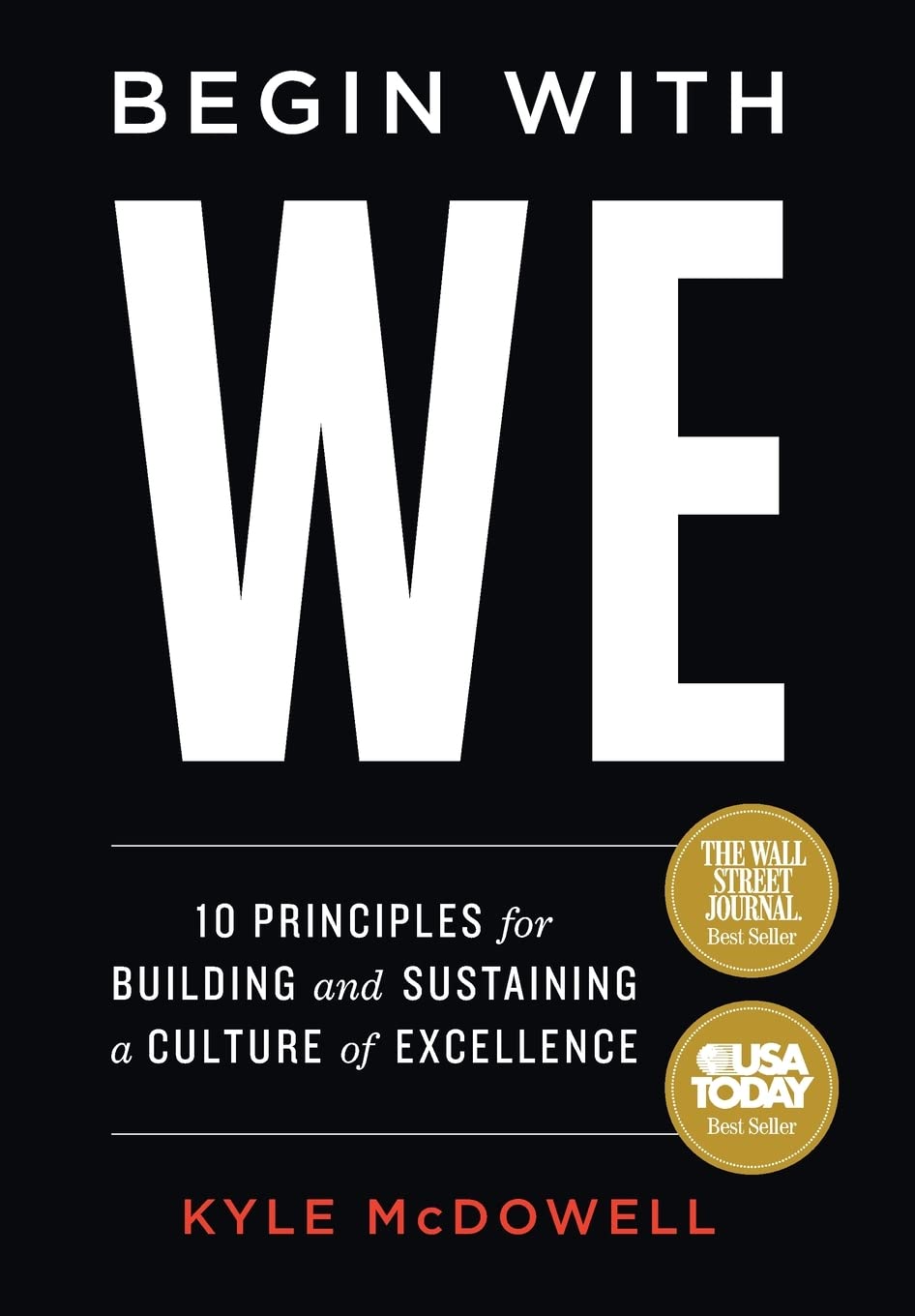
LEARN A LITTLE:
The Perils of Convenience
Like a lot of constructs, “convenience” can define very positive things or results as well as negative ones. Most people would agree that using a microwave oven, shopping online, purchasing a book on Amazon, etc. are welcome conveniences that save us time and energy.
My purpose in this blog is to explore the perils of convenience, the risks, dangers and harm, both physical and psychological, that seem to be increasing in all areas of our lives. They include our work and business environments, social and recreational areas, and daily activities, such as driving and the use of technology. This is the darker side of convenience and often takes place without the participant being aware of it until experiencing the consequence.
The following examples are shared to further illustrate this point:
- A systems example: Some time ago, advocates in a Midwestern state were very concerned about the abuse and declining conditions within state facilities serving people with intellectual disabilities. It was argued that the most troubling facilities were in the downstate area. The advocates partnered with a law firm to address their concerns. Instead of focusing on the most problematic facility, the attornies filed a lawsuit against the facility that was closest to their law office. Administrative convenience carried the day and resulted in a weakened case.
- Driving behaviors: As discussed in a previous blog, the following behavior seems to be increasing. It has become more convenient to slow down at intersections and ignore stop signs when turning right. Apparently, if you simply look left and right before the turn, it’s acceptable. It seems to be that more accidents are therefore
- Going for a bike ride: Many people today seek outdoor exercise by biking, and that’s a good thing. However, it’s rather amazing how the number of electric bicycle riders has increased on walking trails and on the paths in public parks. Ease and convenience seems to be winning out over intended exercise.
- Convenience in a reception area: After registering at the reception desk and taking a seat in a large outpatient surgery center that had nearly 50 people waiting for their appointment, the following occurred. The receptionist stood up in her cubicle and shouted out the person’s first name. This person was not even visible to the waiting patients. The reputational damage to the organization is growing.
- Misuse of technology: Everyone is becoming more aware of the bad habits associated with social media, including texting colleagues rather than going to their office and talking to them in person. On the other hand, it is interesting to note that as of this writing, the use of dating apps is rapidly decreasing. People are showing a greater preference for in-person courting behavior.
Many of the bad habits that originated during COVID-19 continue. One of the most troubling to me is having human service professionals, such as case managers, social workers or therapists prefer to have a Zoom relationship with their clients rather than a in-person one.
It’s Easier to Stay Home
In addition, many people have adopted the philosophy that “It’s easier to stay home.” It’s been amazing to see the rise in home-based behavior, including the dramatic increase in podcast listening or viewing, the addiction to Netflix, the decrease in church attendance, or for that matter, the decrease in outdoor activities.
Furthermore, “Going out is such a hassle” seems to be a growing sentiment. What observers are recognizing as a result is a remarkable increase in anxiety, depression, loneliness and sense of disconnection taking place in our society today.
An astute observation concludes these thoughts: “Nothing great is born out of convenience.”
LAUGH A LITTLE:


REFLECT A LITTLE:

Proverbs 18:15 (ESV)
An intelligent heart acquires knowledge, and the of the ear of the wise seeks knowledge.
READ A LITTLE

Begin With We: 10 Principles for
Building and Sustaining a Culture of Excellence
Kyle McDowell
(Lioncrest Publications, 2022)

Have you ever worked in an organization where the bosses’ immediate reports were on a break from the weekly meeting and one of the employees turns to the others and asks, “What are we up to now?” One colleague responds with a slight smile, “Nine.” What was the question you might be wondering? It was referring to the number of times the boss had used the word “I” during the first half of the meeting.
Interestingly enough, having the people in charge overusing the “I” word and having their underlings tallying up the magnitude of their “I” problems is not a rare event. It’s a “condition” many leaders never totally recognize. And so, the title of Kyle McDowell’s book intrigued me, Begin With We. He is a respected and accomplished leader that has served as an executive with companies, such as Maximus, Bank of America, United Health Group and CVS Health. He currently heads a coaching and consulting group.
In this book, McDowell shares “The Ten Principles for Building and Sustaining a Culture of Excellence.” Those ten principles are briefly highlighted in this review. As identified, they are meant to govern how we treat each other and those we serve. The principles below are quoted from the book.

1. “We do the right thing. Always”
- The cornerstone of any authentic leader and high-performing team must always start with “doing what’s right for your company, your clien ts and your crew. The WEs are the right thing.”
- “Leaders have the power and obligation to shape the culture of everyone in their orbit.”
In this chapter, McDowell also states some helpful guidelines for determining the right thing.
2. “We lead by example.”
- “Nothing of value comes without being earned. That is why great leaders are those who lead by example first.” – Michael Jordan
- “The leader of the team sets the bar for the caliber of work.” “A leader’s example implicitly sets a standard.”
- “Hypocrisy cancels loyalty.”
3. “We say what we’re going to do. Then we do it.”
- “Your credibility, or lack thereof, is your brand.”
“Trust sets the table for your entire operation.”
- “No organizational culture can thrive without trust that people will do what they say they’re going to do.”
- “When your team members don’t feel like they add value until you need to use them, they feel disrespected.”
- “Ambiguity is the enemy of execution.”
- “Communicating the “why” connects effort to outcome, plain and simple. It communicates respect to your people and bolsters their trust in you as a leader.”
4. “We take action.”
- “Taking action is simply recognizing an opportunity for improvement and making a move to address that opportunity. It’s taking initiative.”
- “Think like you’re the founder of the company. Is there a process you wouldn’t be doing if you owned the company?”
- “Inspire. A leader is responsible for inspiring that lean-in, ‘anti-status quo’ gene in the team.”
- “In most companies, the people interacting with the customer, either in person or otherwise, generally have the best insight into continuous improvement opportunities.”
- “Failing to take action leads to stagnation.”
- “Make it easier for the team to share innovative ideas.”
- “If you want to have a lasting impact, you should have a reputation as one who takes action.”
5. “We own our mistakes.”
- “Mistakes are both inevitable and good. But not all mistakes are created equal, and some mistakes are more forgivable than others. A mistake made from malice, however, can’t be tolerated at all.”
- “When building a Culture of Excellence, you must shift the focus from me to WE, turning the analysis of the mistake from who to what.”
- Note: “Leaders are always being observed, so everything we do has a ripple effect.”
- “Consider this: your employees know you. Your direct reports, especially, know your strengths and weaknesses, just as you do theirs.”
6. “We pick each other up”
This chapter is basically about your colleagues and teammates.
- “Showing respect and genuine care for employees cultivates a supportive culture where people—especially the leader—look out for one another.”
- “When someone stumbles, the leader and other members of the team have their arms extended, hands out, to help pick them up.”
- Team members are picking up on two occasions, each of equal importance:
- “In times of adversity, a misstep, or poor performance.”
- “To lift them up and propel them forward.”
This chapter also includes a helpful paradigm for extending a hand to others:
Recognize
Reaffirm
Remediate
Reduce
Reassess
7. “We measure ourselves by outcomes. Not activity.”
There is a number of important themes in this chapter, including the lack of clarity regarding activites and outcomes.
- “Outcomes are generally measurable and are the end result.”
“Activities are the tactics used to achieve the outcome.”
- “If you can’t draw a clear connection from an activity to a specific outcome, it’s probably not important.”
- “Tracking of milestones is also important for sustaining motivation and momentum.”
- “Far too many meetings fail to add any value whatsoever.”
- “As a general rule: the lower the number of people, the more productive the meeting.”
- Be aware of “scope creep”—when the conversation shifts from the intended subject to something else.
8. “We challenge each other—diplomatically.”
In unfolding Chapter 8, McDowell addresses the fact that this principle is the most difficult and also the most rewarding. It is no accident that the principle ends with word “diplomatically.”
- “When we challenge each other, we get better.”
- Principle 8 “gives everyone the same right to push the team to its highest and best potential.”
- “If you’re a member of a team and you want the team to be the best, you must challenge those around you to be their best.”
- “Challenging is doing the right thing, even if no one told you to do it.”
Here’s an important note from the author: “The first seven WEs must be adopted and lived before venturing into WE 8.”
9. “We embrace challenge.”
- “The more emotionally invested you are in your team’s performance, the less clearly you see what’s really happening.”
- Embrace the challenge: “Why can’t it be done?” rather than “That can’t be done”.
- “To authentically challenge others in the organization, you must be prepared to receive them as well.”
“Move your culture in the right direction: toward growth, toward authenticity, toward excellence.”
- “The absence of challenge is the enemy of growth.”
- “There is goodwill to be gained from always reminding the team, ‘We are in this togethe’”
10. “We obsess over details.”
This is a thoughtful introductory quote to the chapter, “The details are not the details. They make the product.” – Charles Eames.
- “Obsessing over details is like choosing whether or not to make an investment—you have to evaluate the level of effort or obsession vs. the potential return.”
- “The details are our best and most practical way of showing how much we care about their [the customer’s] satisfaction and experience doing business with us.”
- “Attention to detail enables you to go above and beyond to show your customers you care.”
- “You simply cannot lead as a good example while being bad at the details.”
- “You can’t obsess over what could be. You can only obsess over what is.”
